1.
Introduction
In convex functions theory, Hermite-Hadamard inequality is very important which was discovered by C. Hermite and J. Hadamard independently (see, also [1], and [2,p.137])
whereF is a convex function. In the case of concave mappings, the above inequality is satisfied in reverse order.
Over the last twenty years, numerous studies have focused on obtaining trapezoid and midpoint type inequalities which give bounds for the right-hand side and left-hand side of the inequality (1.1), respectively. For example, the authors first obtained trapezoid and midpoint type inequalities for convex functions in [3] and in [4], respectively. In [5], Sarikaya et al. obtained the inequalities (1.1) for Riemann-Liouville fractional integrals and the authors also proved some corresponding trapezoid type inequalities for fractional integrals. Iqbal et al. presented some fractional midpoint type inequalities for convex functions in [6]. Sarikaya and Ertuğral [7] introduced the notions of generalized fractional integrals and proved some Hermite-Hadamard type inequalities for convex functions. In [8], Budak et al. used the generalized fractional integrals to prove Hermite-Hadamard type inequalities for twice differentiable convex functions. After that, the authors used generalized fractional integrals and proved the different variants of integral inequalities in [9,10,11,12,13,14].
On the other hand, İşcan [15] defined the following class of functions called harmonically convex functions:
If the mapping F:I⊂R∖{0}→R satisfies the inequality
for all ϰ,y∈I and σ∈[0,1], then F is called harmonically convex function. In the case of harmonically concave mappings, the above inequality is satisfied in reverse order.
It is worth noting that the harmonic feature has been important in a variety of disciplines in pure and applied sciences. The authors explore the significance of the harmonic mean in Asian stock company [16]. Harmonic methods are used in electric circuit theory, which is interesting. The overall resistance of a set of parallel resistors is just half of the entire resistors' harmonic mean. If r1 and r2 are the resistances of two parallel resistors, the total resistance may be calculated using the following formula:
which is the half of the harmonic mean.
The harmonic mean, according to Noor [17], is also important in the creation of parallel algorithms for solving nonlinear problems. Several researchers have proposed iterative approaches for solving linear and nonlinear systems of equations using harmonic means and harmonically convex functions.
Several research articles have recently been published on various generalizations of integral inequalities using various approaches. For example, İşcan established some new Hermite-Hadamard type inequalities for harmonically convex functions and trapezoid type inequalities for this class of functions in [15]. In [18], İ şcan and Wu established Hermite-Hadamard type inequalities for harmonically convex functions via Riemann-Liouville fractional integrals. They also proved some fractional trapezoid type inequalities for mapping whose derivatives in absolute value are harmonically convex. İşcan proved Ostrowski type integral inequalities for harmonically s-convex functions in [19] and in [20], Chen gave an extension of fractional Hermite-Hadamard type inequalities for harmonically convex functions. Kunt et al. [21] and Set et al. [22] used the Riemann-Liouville fractional integrals and proved Hermite-Hadamard type inequalities for harmonically convex functions. In [23], Șanlı proved several fractional midpoint type inequalities utilizing differentiable convex functions. The authors used the generalized fractional integrals and proved Hermite-Hadamard type inequalities for harmonically convex functions in [24,25]. Mohsen et al. [26] used the h- harmonically convexity to prove some new Ostrowski type inequalities and in [27], Akhtar et al. proved a new variant of Ostrowski inequalities for harmonically convex functions. In the literature there are several papers on the inequalities for harmonically convex functions. For some recent developments in integral inequalities and harmonically convexity, one can consult [28,29,30].
Inspired by the ongoing studies, we use the generalized fractional integrals to develop some new Ostrowski type inequalities for differentiable harmonically convex functions. We also show that the newly developed inequalities are extensions of some previously known inequalities.
The following is the structure of this paper: Section 2 provides a brief overview of the fractional calculus as well as other related studies in this field. In Section 3, we establish Ostrowski type inequalities for differentiable functions. The relationship between the findings reported here and similar findings in the literature are also taken into account. We discuss the special cases of newly established inequalities in Section 4 and obtain several new Ostrowski type inequalities. We give some applications to special means of real numbers in Section 5. Section 6 concludes with some recommendations for future research.
2.
Preliminaries
In this section, we recall some basic concepts of fractional integrals and related integral inequalities.
Definition 2.1. [7] The left and right-sided generalized fractional integrals given as follows:
where the function φ:[0,∞)→[0,∞) satisfies ∫10φ(σ)σdσ<∞. For the details about the genrarlized fractional integrals, one can consult [7].
The most important feature of the generalized fractional integrals is that they generalize some types of fractional integrals such as Riemann-Liouville fractional integral, k-Riemann-Liouville fractional integral, Katugampola fractional integrals, conformable fractional integral, Hadamard fractional integrals, etc. Few important special cases of the integral operators (2.1) and (2.2) are mentioned below.
i) Taking φ(σ)=σ, the operators (2.1) and (2.2) reduces to the classical Riemann integrals as follows:
ii) Taking φ(σ)=σαΓ(α), the operators (2.1) and (2.2) reduces to the well-known Riemann–Liouville fractional integrals as follows:
iii) Taking φ(σ)=σαkkΓk(α), the operators (2.1) and (2.2) reduces to the well-known k–Riemann–Liouville fractional integrals as follows:
where
and
Recently, Zhao et al. used the generalized fractional integrals and proved the following Hermite-Hadamard type inequalities.
Theorem 2.2. [25] For any harmonically convex mapping, the following inequalityholds:
where g(ϰ)=1ϰ and Φ(σ)=∫σ0φ(π2−π1π1π2s)sds<+∞.
Remark 2.3. It is obvious that if we set φ(σ)=σ in inequality (2.3), then we obtain the following inequality of Hermite-Hadamard type inequality (see, [15]):
Remark 2.4. It is obvious that if we set φ(σ)=σαΓ(α) in inequality (2.3), then we obtain the following inequality of Hermite-Hadamard type inequality for Riemann-Liouville fractional integrals (see, [18]):
Remark 2.5. It is obvious that if we set φ(σ)=σαkkΓk(α) in inequality (2.3), then we obtain the following inequality of Hermite-Hadamard type inequality for k-Riemann Liouville fractional integrals (see, [25]):
3.
Main results
In this section, we prove some new Ostrowski type inequalities for differentiable harmonically convex functions via the generalized fractional integrals. For brevity, we give the following special functions:
(1) The Beta function:
(2) The hypergeometric function:
Lemma 3.1. Let F:I=[π1,π2]⊆(0,+∞)→R be a differentiable function on I∘ such that F′∈L([π1,π2]). Then, the following generalized fractional integrals identity holds for all ϰ∈(π1,π2):
where the mappings Δ and Λ are defined as:
and
Proof. Consider
From fundamentals of integrations, we have
Similarly, we have
Thus, we obtain the required identity (3.1) by using the calculated values of I1 and I2 in (3.2).
Remark 3.2. If we set φ(σ)=σ in Lemma 3.1, then we obtain the following equality:
This is proved by İşcan in [19,Lemma 2.1].
Remark 3.3. In Lemma 3.1, if we set φ(σ)=σαΓ(α), then we have the following equality for Riemann-Liouville fractional integrals:
This is proved by İşcan in [31].
Corollary 3.4. In Lemma 3.1, if we set φ(σ)=σαkkΓ(α), then we have thefollowing new equality for k-Riemann-Liouville fractional integrals:
Theorem 3.5. We assume that the conditions of Lemma 3.1 are valid. If |F′|q is harmonicallyconvex on [π1,π2] for some q≥1, then the followinginequality holds for the generalized fractional integrals:
where
and
Proof. Taking absolute in Lemma 3.1 and then applying the well known power mean inequality, we have
Now from harmonically convexity of |F′|q, we have
and
Thus, the proof is completed.
Remark 3.6. In Theorem 3.5, if we assume φ(σ)=σ, then we have the following Ostrowski type inequalities:
where
This is proved by İşcan in [19,Theorem 2.4 for s=1].
Corollary 3.7. In Theorem 3.5, if we set |F′(ϰ)|≤M, ϰ∈[π1,π2], then we obtain the following Ostrowski typeinequality for generalized fractional integrals:
Remark 3.8. In Theorem 3.5, if we set φ(σ)=σαΓ(α), then we obtain the following Ostrowski type inequality for Riemann-Liouville fractional integrals:
where
This is proved by İşcan in [31].
Corollary 3.9. In Theorem 3.5, if we set φ(σ)=σαkkΓk(α), then we obtain the followingnew Ostrowski type inequality for k-Riemann-Liouville fractional integrals:
where
Theorem 3.10. We assume that the conditions of Lemma 3.1 are valid. If |F′|q is harmonicallyconvex on [π1,π2] for some q>1, then the followinginequality holds for the generalized fractional integrals:
where 1p+1q=1 and
Proof. From Lemma 3.1 and applying well-known Hölder's inequality, we have
Now from harmonically convexity of |F′|q, we have
and
Thus, the proof is completed.
Remark 3.11. In Theorem 3.10, if we set φ(σ)=σ, then we obtain the following Ostrowski type inequality:
where
This is proved by İşcan in [19,Theorem 2.6 for s=1].
Corollary 3.12. In Theorem 3.5, if we set |F′(ϰ)|≤M, ϰ∈[π1,π2], then we obtain the following Ostrowski typeinequality for generalized fractional integrals:
Remark 3.13. In Theorem 3.10, if we set φ(σ)=σαΓ(α), then we obtain the following Ostrowski type inequalities for Riemann-Liouville fractional integrals:
where
This is proved by İşcan in [31].
Corollary 3.14. In Theorem 3.5, if we set φ(σ)=σαkkΓk(α), then we obtain the followingnew Ostrowski type inequality for k-Riemann-Liouville fractional integrals:
where
4.
Some special cases
In this section, we discuss more special cases of the results proved in the last section.
Remark 4.1. In Corollary 3.7, if we set φ(σ)=σ, then we obtain the following Ostrowski type inequality:
This is proved by İşcan in [19,Corollary 2.3 for s=1].
Remark 4.2. In Corollary 3.7, if we set φ(σ)=σαΓ(α), then we obtain the following Ostrowski type inequality for Riemann-Liouville fractional integrals:
This is proved by İşcan in [31].
Remark 4.3. In Corollary 3.7, if we set φ(σ)=σαkkΓk(α), then we obtain the following new Ostrowski type inequality for k-Riemann-Liouville fractional integrals:
Remark 4.4. In Corollary 3.12, if we set φ(σ)=σ, then we obtain the following Ostrowski type inequality:
This is proved by İşcan in [19,Corollary 2.5 for s=1].
Remark 4.5. In Corollary 3.12, if we set φ(σ)=σαΓ(α), then we obtain the following Ostrowski type inequality for Riemann-Liouville fractional integrals:
This is proved by İşcan in [31].
Remark 4.6. In Corollary 3.12, if we set φ(σ)=σαkkΓk(α), then we obtain the following new Ostrowski type inequality for k-Riemann-Liouville fractional integrals:
Remark 4.7. If we set q=1 in Theorem 3.5 and Corollaries 3.7–3.14, then we obtain some new Ostrowski type inequlities for the harmonically convexity of |F′|. Moreover, for different choices of φ in the generalized fractional integrals, one can obtain several Ostrowski type inequalities via Katugampola fractional integrals, conformable fractional integral, Hadamard fractional integrals, etc.
5.
Applications to special means
For arbitrary positive numbers π1,π2(π1≠π2), we consider the means as follows:
(1) The arithmatic mean
(2) The geometric mean
(3) The harmonic means
(4) The logarithmic mean
(5) The generalize logarithmic mean
(6) The identric mean
These means are often employed in numerical approximations and other fields. However, the following straightforward relationship has been stated in the literature.
Proposition 5.1. For π1,π2∈(0,∞) with π1<π2, then the following inequality holds:
Proof. The inequality (4.1) with ϰ=π1+π22 for mapping F:(0,∞)→R, F(ϰ)=ϰ leads to this conclusion.
Proposition 5.2. For π1,π2∈(0,∞) with π1<π2, then the following inequality holds:
Proof. The inequality (4.1) with ϰ=2π1π2π1+π2 for mapping F:(0,∞)→R, F(ϰ)=ϰ leads to this conclusion.
Proposition 5.3. For π1,π2∈(0,∞) with π1<π2, then the following inequality holds:
Proof. The inequality (4.1) with ϰ=π1+π22 for mapping F:(0,∞)→R, F(ϰ)=ϰp+2,p∈(−1,∞){0} leads to this conclusion.
Proposition 5.4. For π1,π2∈(0,∞) with π1<π2, then the following inequality holds:
Proof. The inequality (4.1) with ϰ=2π1π2π1+π2 for mapping F:(0,∞)→R, F(ϰ)=ϰp+2, p∈(−1,∞){0} leads to this conclusion.
Proposition 5.5. For π1,π2∈(0,∞) with π1<π2, then the following inequality holds:
Proof. The inequality (4.1) with ϰ=π1+π22 for mapping F:(0,∞)→R, F(ϰ)=ϰ2lnϰ, leads to this conclusion.
Proposition 5.6. For π1,π2∈(0,∞) with π1<π2, then the following inequality holds:
Proof. The inequality (4.1) with ϰ=2π1π2π1+π2 for mapping F:(0,∞)→R, F(ϰ)=ϰ2lnϰ leads to this conclusion.
Conclusions
In this paper, we have proved several new Ostrowski type inequalities for differentiable harmonically convex functions via the generalized fractional integrals. Moreover, we have proved that the established inequalities are the extensions of some existing inequalities in the literature. It is an interesting and new problem that the upcoming researchers can offer similar inequalities for different type of harmonically and co-ordinated harmonically convexity.
Acknowledgments
This research was funded by King Mongkut's University of Technology North Bangkok. Contract No. KMUTNB-63-KNOW-22.
Conflict of interest
The authors declare no conflict of interest.











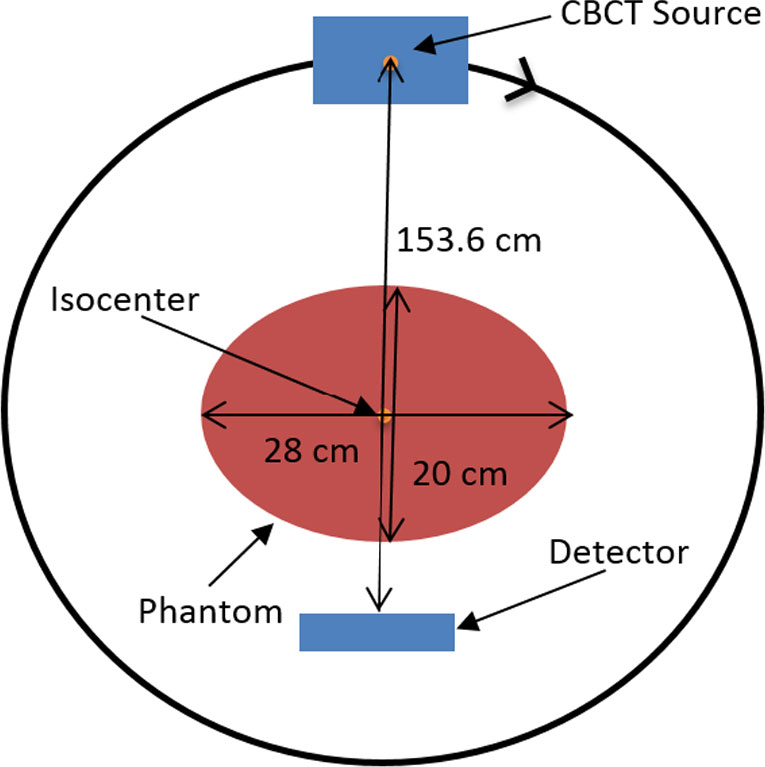
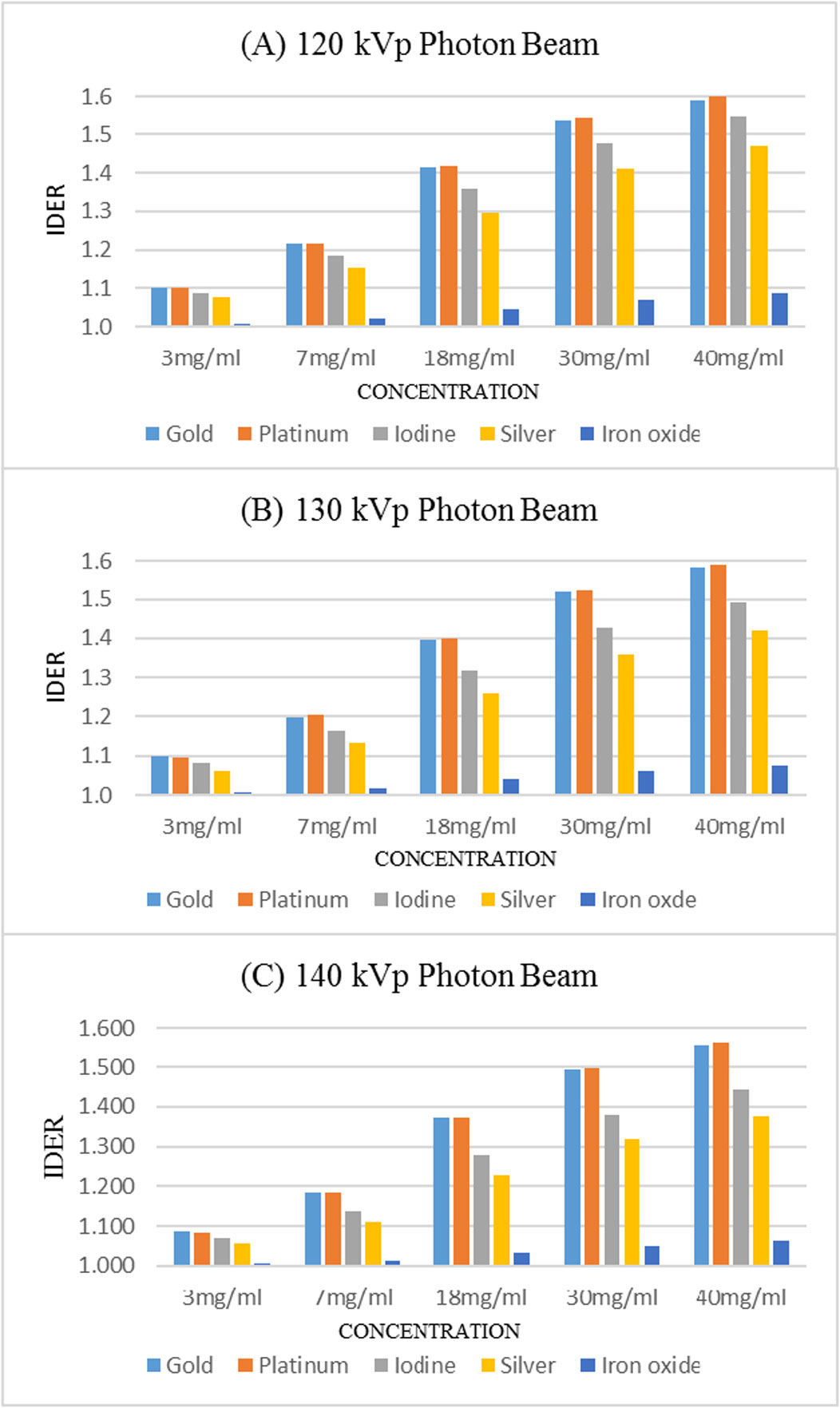
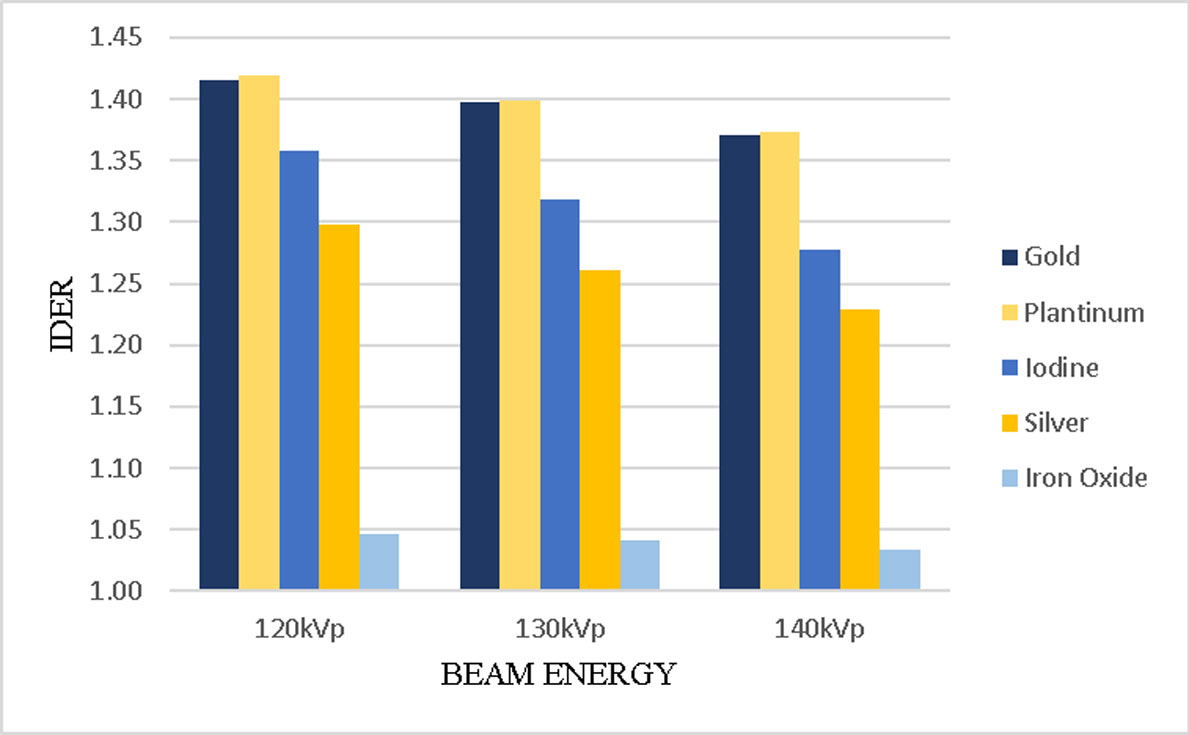
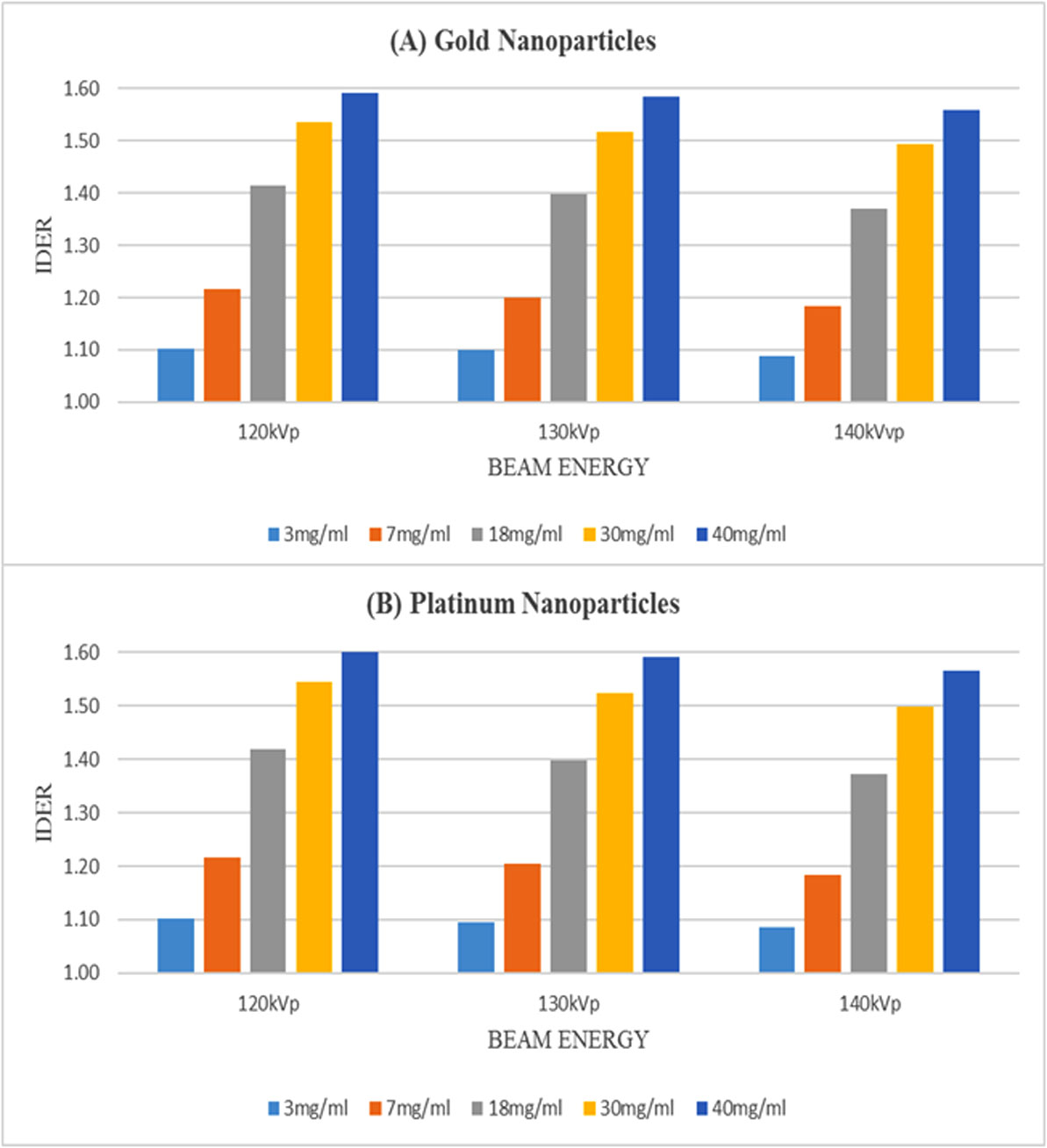
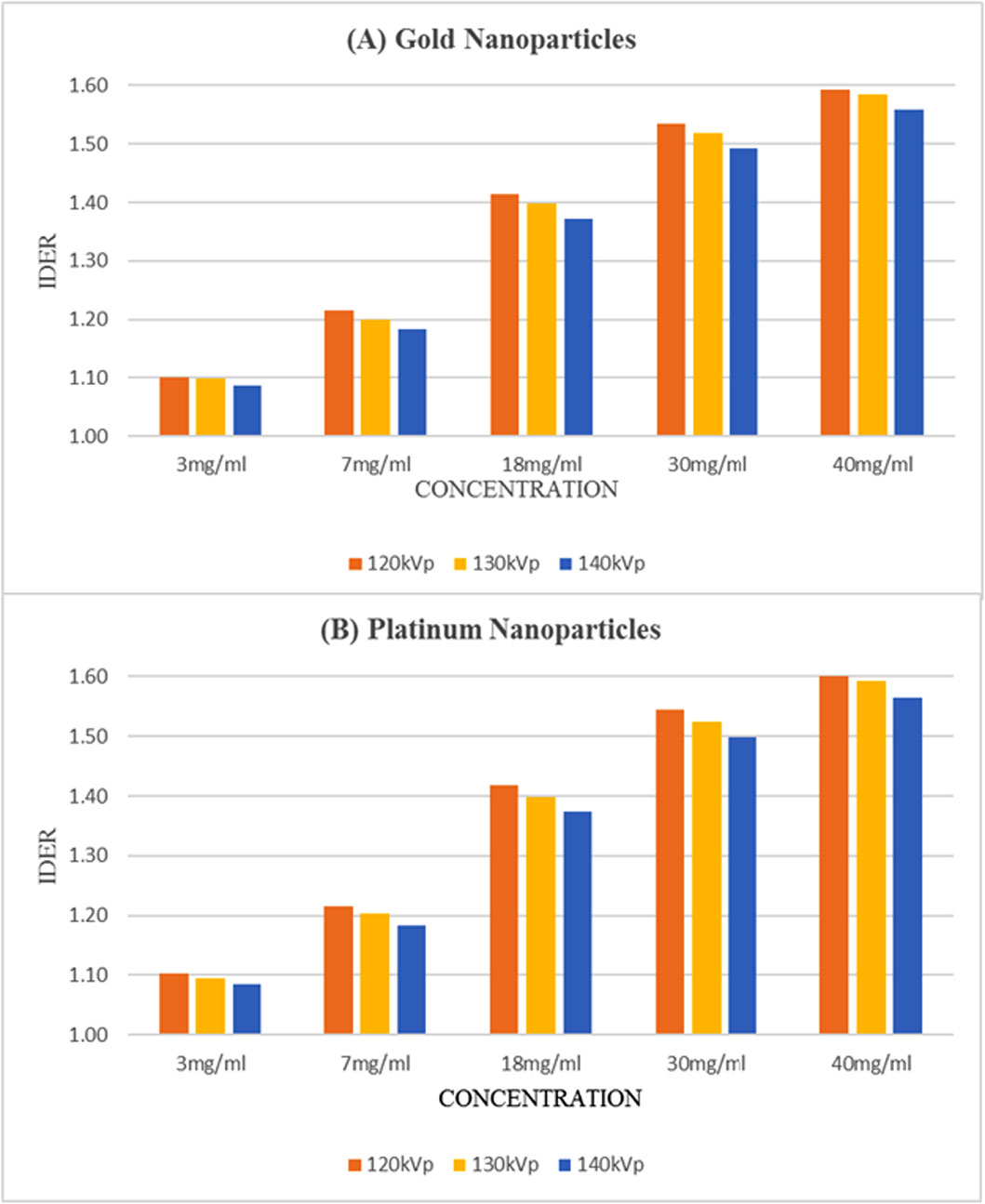


 DownLoad:
DownLoad: